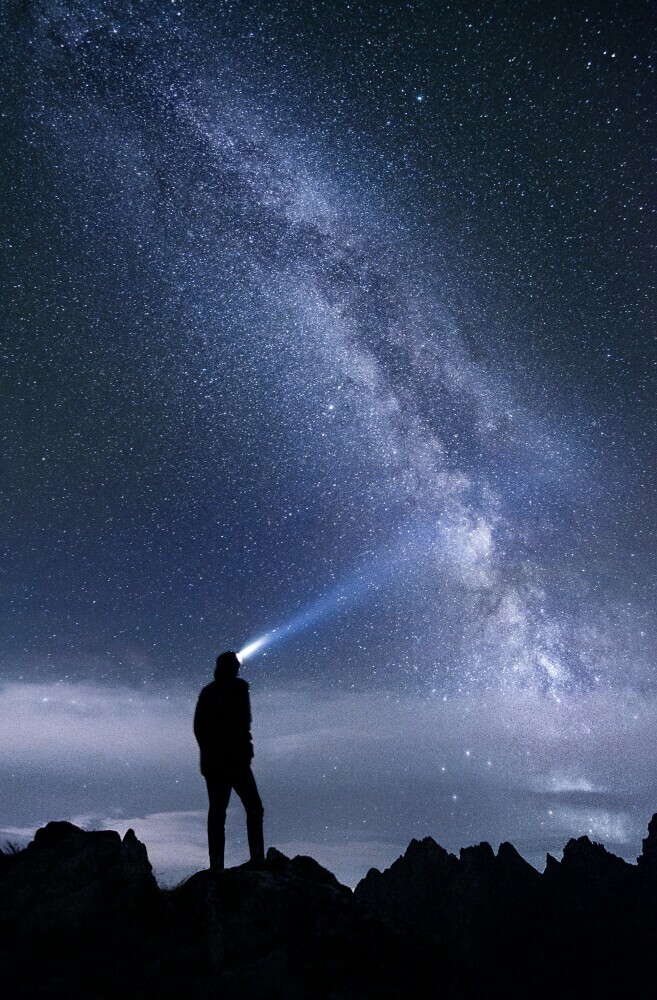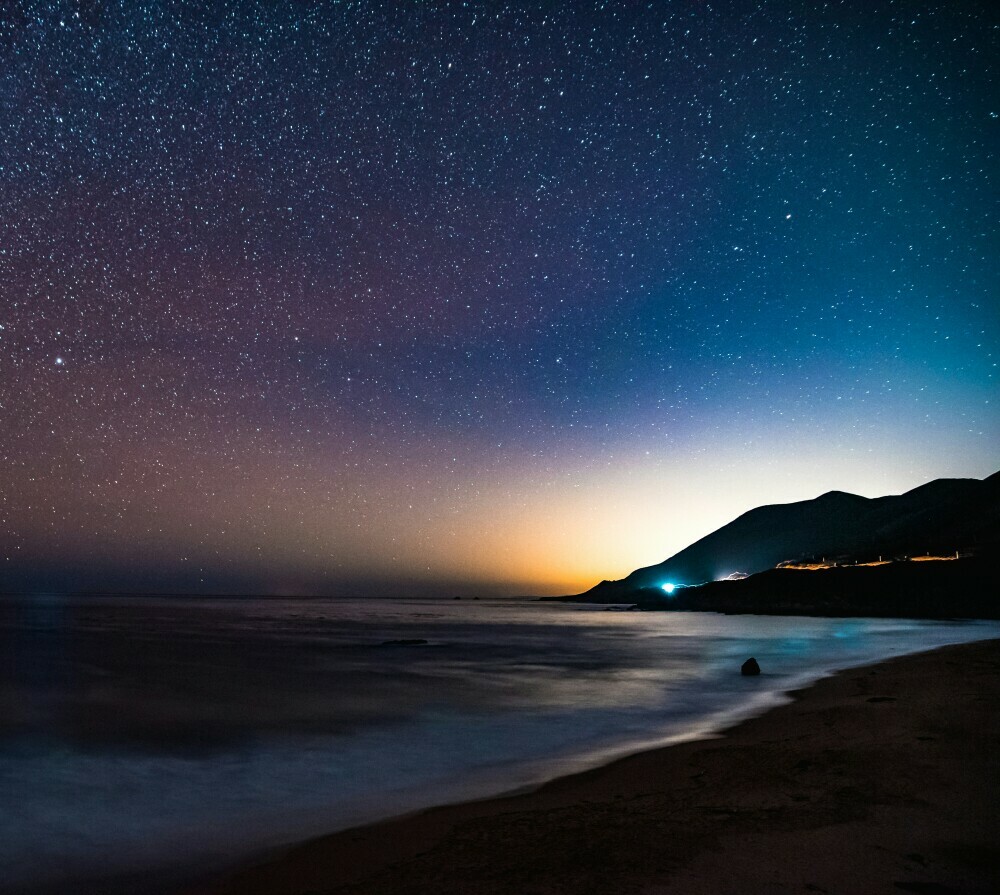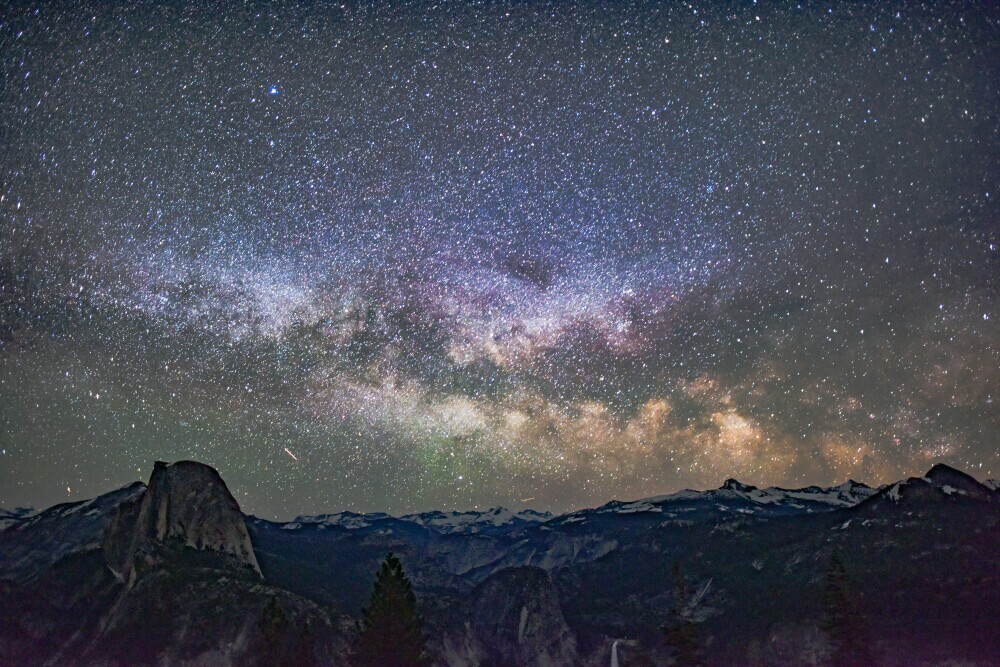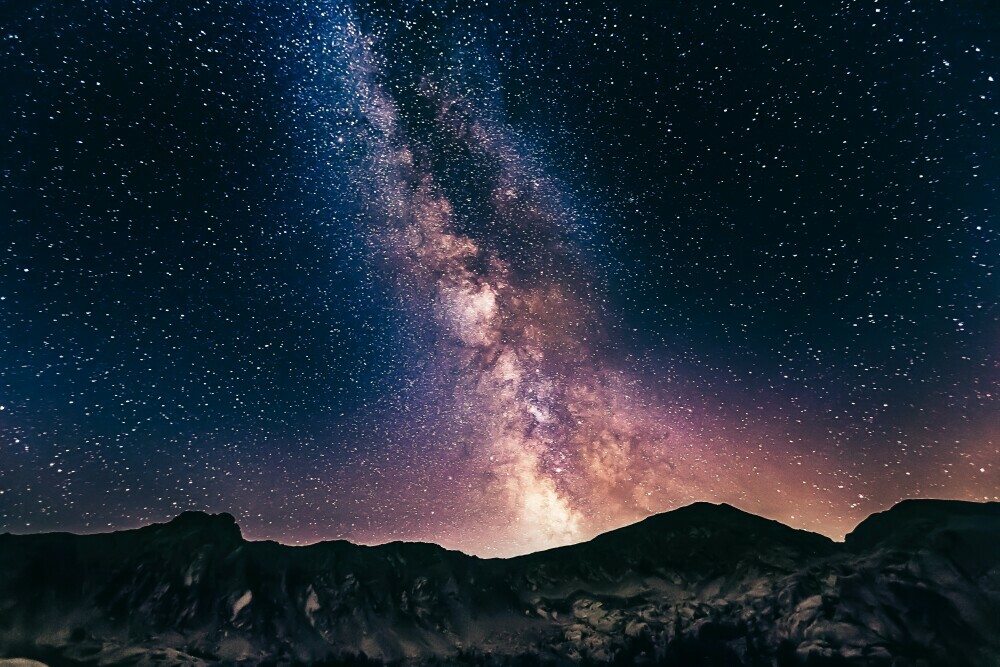 Štefan Štefančík. (2016). Slovakia [Photograph]. Unsplash
Štefan Štefančík. (2016). Slovakia [Photograph]. Unsplash
The Northern Lights, or Aurora Borealis, are more than just a spectacle that graces the polar skies; they’re a captivating, atmospheric phenomenon. Their vibrant streamers of green, purple, and pink light seem almost otherworldly, commanding the attention of anyone lucky enough to witness them. It’s essential to grasp what these lights represent: the incredibly complex and beautiful interactions between our planet and the Sun, which we broadly refer to as ‘Space Weather’.
The Northern Lights invoke a sense of wonder about the natural world. They have inspired storytellers and scientists for centuries, with each display in the night sky offering a new mystery to unravel.
This marriage of science and spectacle draws people to learn more about the Aurora Borealis. It’s not merely about the brilliant light show; it’s the more profound understanding of our planet’s connection to the vast cosmos that fascinates us. So, as I set the scene for this intricate relationship between the Earth and the Sun, I know that it’s a preliminary step in a more extensive journey—unpacking the enigmatic dance that produces the stunning Northern Lights.
Moving from the visible marvel of the auroras to the unseen forces that mold them, we introduce the concept of Space Weather. This refers to the dynamic conditions in the space surrounding Earth, which are influenced by the Sun’s activity and, in turn, directly affect the occurrence of Northern Lights. The following section will explore what Space Weather entails, its causes, and its significance.
The Invisible Conductor: Understanding Space Weather
 Casey Horner. (2017). USA [Photograph]. Unsplash
Casey Horner. (2017). USA [Photograph]. Unsplash
Space Weather is an invisible conductor orchestrating the celestial display of the Northern Lights. When you hear ‘weather,’ you might instinctively think of cloud patterns, rain predictions, and temperature fluctuations. But there’s another layer to this concept that extends far beyond Earth’s atmosphere – into the cosmic arena of interplanetary space. This is the domain of solar winds and magnetic fields, where the Sun’s activity plays a pivotal role in shaping what we know as Space Weather.
At its core, Space Weather is influenced by the Sun’s temperament, bursting forth in solar flares and hurtling plasma and charged particles through space – a phenomenon we call the solar wind. Imagine these as mighty gusts of a solar storm driving toward Earth at speeds of up to a million miles per hour. This relentless flow of particles interacts with Earth’s magnetic field, potentially impacting everything from satellite operations to electrical grids.
But it’s not just about the hurdles for our infrastructure. Space Weather helps create the conditions necessary for the Northern Lights to emerge. As charged particles collide with atmospheric gases, they create stunning visuals that paint the polar skies. The crux lies in the magnetosphere – Earth’s protective magnetic shield. It’s the frontline in this interstellar interaction, where the solar wind and Earth’s field brawl, leading to the phenomena known as geomagnetic storms.
Understanding the subtleties of Space Weather is vital. It’s about more than just appreciating a beautiful sky; it’s about foreseeing how our planet interacts with the rhythm of the cosmos. This comprehension is crucial for safeguarding technological systems and ensuring resilience against solar storms. The dance of the Northern Lights isn’t just a spectacle – it’s a visible sign of the powerful forces that connect us to the vast universe beyond our world.
Cosmic Interactions: How Solar Activity Ignites the Aurora
 Sam Goodgame. (2017). USA [Photograph]. Unsplash
Sam Goodgame. (2017). USA [Photograph]. Unsplash
Exploring the depths of space might be out of reach for most of us, but we’re deeply connected to the cosmic events that unfurl millions of miles away. One of the most visible representations of this connection is the Aurora Borealis, a phenomenon directly linked to solar activity. Solar activity encompasses various events on the sun, such as solar flares and coronal mass ejections, which can have profound effects on Earth.
Solar flares are intense bursts of radiation from the sun’s atmosphere that can be powerful enough to influence Earth’s outer atmosphere. When these flares occur, they release a surge of charged particles, known as solar energetic particles, thrust into space, riding the wave of solar winds toward Earth.
Upon reaching our planet, these charged particles grapple with Earth’s magnetic field, operating within the protective bubble known as the magnetosphere. This interaction sets the stage for the captivating display we know as the Northern Lights. Specifically, the particles collide with atoms and molecules in Earth’s atmosphere, an encounter that releases energy in the form of light.
Geophysical conditions need to align for the Northern Lights to shine genuinely. Geomagnetic storms and disturbances in Earth’s magnetosphere caused by the gusts of solar wind enhance the effect. Due to increased solar activity, these storms magnify the intensity and extent of auroral displays, making them visible over a broader area and sometimes more southerly latitudes than usual.
Understanding solar activity’s impact on the aurora is essential for those looking to experience the wonder of Aurora Borealis. The solar cycle, which spans approximately 11 years, dictates the frequency and intensity of solar phenomena, influencing the likelihood of witnessing vibrant auroral events. As we turn the page and look toward the practicalities of anticipating the Northern Lights, this cycle leads us to the doorsteps of forecasters dedicated to predicting these ethereal spectacles.
Forecasting the Celestial Display: Predicting Aurora with Science
 Denis Degioanni. (2018). France [Photograph]. Unsplash
Denis Degioanni. (2018). France [Photograph]. Unsplash
Navigating the forecast of the Northern Lights engages not only professionals but enthusiasts as well. It’s an integral part of preparing for this natural spectacle. With the right tools and knowledge, predicting when and where the Northern Lights will appear becomes a science-driven quest.
Expert forecasters use satellite data and ground-based monitoring stations to analyze solar, wind, and geomagnetic activity. They look at indicators such as the Kp index, which measures geomagnetic disturbances, and the intensity of solar flares to make predictions. There’s an apparent demand for precise Aurora Forecasts to maximize the experience for tourists and locals who await the display.
The ability to accurately predict the Northern Lights also supports local economies where this phenomenon drives tourism. Businesses offer guided tours and accommodations suited for the best viewing experiences, and a precise forecast can significantly enhance tourist satisfaction and safety.
Future advancements in space weather research and technology promise even more accurate forecasts. Scientists are working on better understanding the complexities of the Sun-Earth relationship, hoping to provide longer lead times for Aurora forecasts. This work serves those eager to witness the Aurora Borealis and contributes to protecting our technological infrastructure from the effects of space weather.
Ultimately, the diligent work of researchers and forecasters helps us connect with one of the planet’s most awe-inspiring shows. The next time you peer into the sky to catch the Northern Lights, remember that science makes it possible to be at the right place, at the right time, witnessing the mesmerizing dance of colors in the cosmic symphony.
